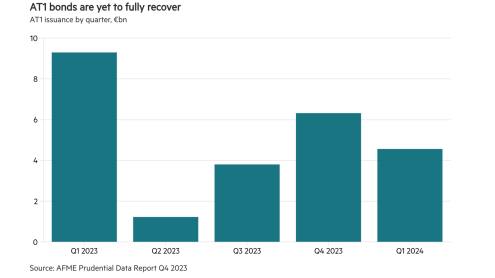Foreign direct investment (FDI) into Mexico’s financial services industry is being focused on fintechs, amid an accelerated uptake of digital channels and shifts in consumer behaviour because of the pandemic.
Mexico attracted 13 FDI financial services and fintech projects in 2020, matching its performance in 2019. But for the first time, last year the number of fintech projects exceeded traditional financial services projects.
Total financial services capital investment into Mexico hit $209.8m in 2020 compared to $251.1m in 2019, with fintech investment rising 131% year-on-year, according to FT-owned greenfield data monitor fDi Markets. In the first quarter of this year, fintech FDI created 351 jobs, compared to 27 jobs in traditional financial services.
“The country is changing in terms of technological access and the largest banks have invested a lot in in digitalisation,” says Veronica Chau, a Mexico-based analyst focused on financial institutions at Fitch Ratings. “But despite these changes, financial penetration in Mexico remains very low.”
Only 37% of adults in Mexico have bank accounts, and just 32% have made or received digital payments, according to the World Bank.
Vicente Corta Fernández, a financial services partner at law firm White & Case, says the growth of the fintech sector is opening up access to financial services in the country.
“There is a generational shift underway as younger people armed with smartphones make up more of the population,” he says.
Fintech investments over the past year, focused on mobile payments and low-cost credit, reflect the financial services sector’s shifting dynamics. In April this year, Nu México, a division of Brazilian digital banking giant Nubank, announced plans to hire 300 employees in Mexico as part of its expansion push. Nu México seeks to offer affordable digital products and services, such as credit cards, loans and insurance coverage.
In October 2020, US nanocredit and mobile payments firm Venio set up a Mexican entity, while the month before, Dutch fintech Yabx — which seeks to simplify financial access for people in emerging markets — opened a Mexican office, and Argentine personal finance mobile app Ualá launched operations in the country.
Creative partnerships
The development of the fintech space in Mexico has taken a few years to get going, compared to other Latin American markets, because of overcautious regulations, according to Mr Corta. “It slowed the industry down a little bit,” he says ,“but it is now catching up.”
In 2018, the country’s fintech sector was boosted by new legislation, encouraging new entrants in the financial services market.
There is a generational shift underway as younger people armed with smartphones make up more of the population
“Larger institutions have been looking at diversifying their services and find creative ways to partner with tech firms and do joint ventures, as well as acquire fintechs,” he adds.
Many large banks in Mexico, such as BBVA Bancomer, Santander México, HSBC México, Scotiabank México and Banamex, are subsidiaries of global financial institutions.
About 80% of the banks in Mexico are foreign-owned, which is a legacy of the country’s currency crisis in the mid-1990s, Ms Chau says, adding: “It ensures there is a lot of international investment [in the financial services sector].”
Several international banks have bolstered their investments in Mexico over the past year. In June 2020, HSBC invested $17m to establish a global service centre in Mexico to support the bank’s subsidiary HSBC México, creating around 850 jobs.
In December, meanwhile, Santander México, a subsidiary of Spain’s Santander, announced plans to open large new premises in the city of Querétaro, which will house 2600 employees.
Despite a reduction in bank branches in Mexico because of Covid-19, Ms Chau says many incumbents remain reliant on large branch networks because most customers still expect a person-to-person service. “This expectation will continue to be a challenge for larger Mexican banks because branch overheads can weigh heavily on their operating costs,” she says. “It’s a situation that will continue to provide fintechs with opportunities.”












